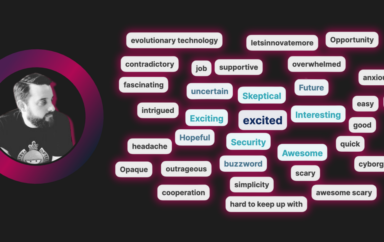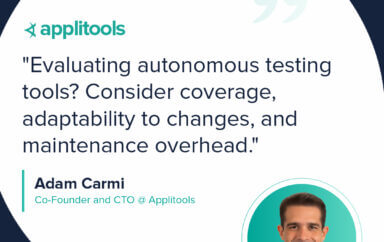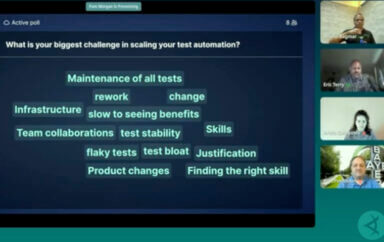
Staging environments are notoriously difficult to setup and maintain. Unless you have a top-notch DevOps team, staging environments are usually different from production environments, and because of that, are fraught with problems—from failing deployments, to out-of-disk-space errors, and various other errors.
Even when the staging environment is great, it has one problem—there’s only one. If you want to test a feature branch, you have to “allocate time”, or alternatively install the feature branch and risk disrupting other testers.
It’s time the testers took control! And built their own testing environments using Docker, Docker-Compose, and Kubernetes.
In this talk, Sr. Software Architect Gil Tayar shows how to deploy an app on your local machine using Docker and Docker Compose, and run an E2E test on it.
He also describes the necessary changes needed to make the application deployable in such a setup—turning it into a Twelve-Factor Application.
Watch this hands-on session. and enjoy these key takeaways:
- Remind yourself why staging environments are problematic
- Learn what Docker is
- Quickly deploy an app that includes a frontend, backend service, and database, and run an E2E test on it
- Learn how Docker, Docker Compose and Kubernetes can help you easily build multiple ephemeral staging environments
- Enable you to help developers change their code so that it can be deployed using a Docker setup
Gil’s slide deck:
Full recording:
Happy Testing!
To learn more about Applitools’ visual UI testing and application visual management (AVM) solutions, check out the tutorials on the Applitools website. To get started with Applitools, request a demo, or sign up for a free Applitools account.







